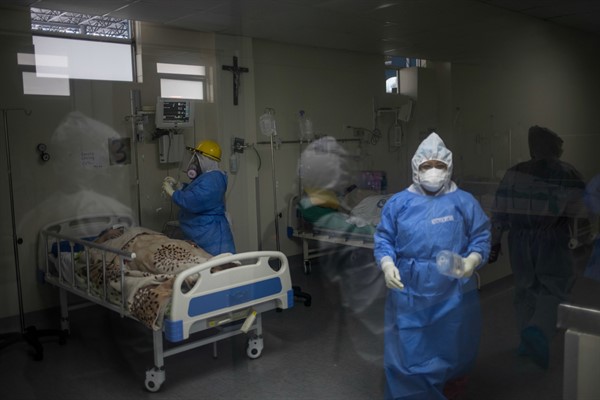Few governments acted more decisively to stop the spread of the coronavirus pandemic than Peru, whose president, Martin Vizcarra, mobilized the country’s resources even before the World Health Organization formally declared COVID-19 a pandemic. By most objective measures, Vizcarra did almost everything right. Most importantly, and in contrast to other leaders, he took action early, something that epidemiological models confirm is vital for preventing widespread contagion. And yet, tragically, Peru still stands as one of the world’s COVID-19 hotspots today, with the second-highest number of confirmed cases in South America. Only Brazil, where President Jair Bolsonaro has put on a grim and vaudevillian display of irresponsibility, has a higher caseload.
How is it possible that even after the government implemented the correct measures, Peruvians are dying in such large numbers and the infection is spreading at such shocking speed? As puzzling as the question seems, the answer is not that complicated. Poverty can simply overtake good governance.
Consider the backdrop against which the pandemic has unfolded. Vizcarra, Peru’s “accidental president,” has only been in office for two years. He came to power after President Pedro Pablo Kuczynski, under whom he served as vice president, stepped down amid a corruption scandal, the most recent in a long string of corrupt governments in Lima that has left presidents in prison and led one to kill himself. Vizcarra, who was largely unknown at the time he assumed the presidency, has tried with only some success to institute a technocratic government focused on fighting graft in a country plagued by political infighting, grinding poverty and acute inequality.

